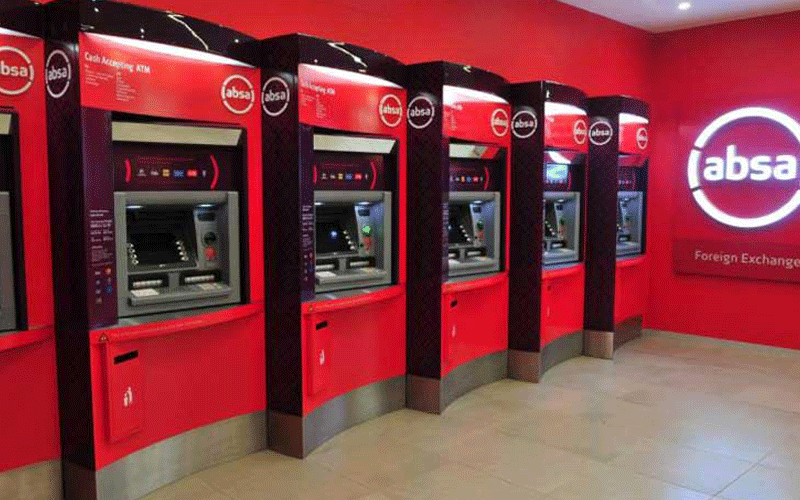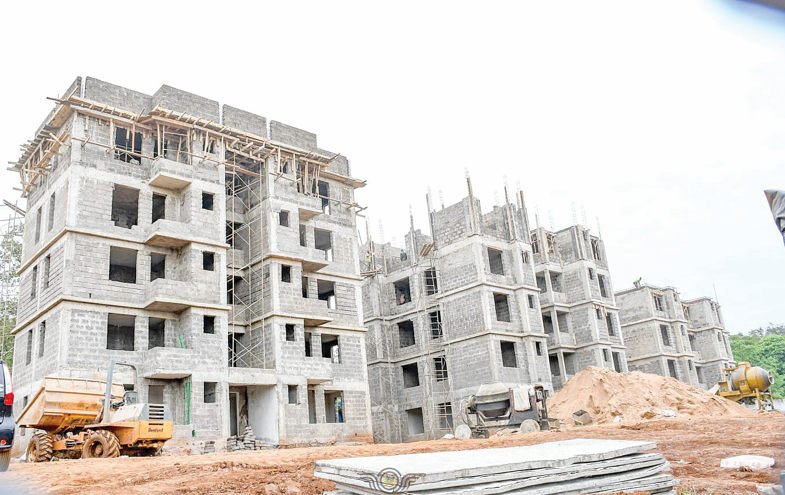Manufacturing dips to 2.3% in third quarter

The manufacturing and construction sectors, pivotal to the country’s economic performance, experienced contractions in 2024, significantly impacting overall economic growth.
It had a knock-on effect on the nation’s gross domestic product (GDP) growth which shrank to 4 per cent in the third quarter of 2024, down from 6 per cent during the same period in 2023, reflecting a challenging landscape for these critical industries. However, analysts at Cyton Investments anticipate a moderate rebound in the industrial sector this year, driven by government interventions under the Bottom-Up Economic Transformation Agenda (BETA).
This initiative aims to leverage the manufacturing sector to create wealth, generate employment, and alleviate poverty among Kenyans.
Kenya National Bureau of Statistics (KNBS) reported that manufacturing grew by 2.3 per cent in the third quarter of 2024, a slight decline from the 2.8 per cent growth recorded in the same quarter of 2023.
The report attributed this slowdown to reduced activities in galvanised sheet production, cement manufacturing, and motor vehicle assembly. Simultaneously, the construction sector contracted by 2 per cent, a sharp decline compared to 4 per cent growth in the previous year, largely due to reduced credit availability and weak demand for key inputs like cement.
World Bank highlights technology adoption as a vital driver for growth in middle-income countries like Kenya.
It says in a recent report that modernising economic structures through investment in global technologies and fostering a conducive environment for innovation can significantly stimulate economic progress. While Kenya has made strides through initiatives like the digital superhighway project, including expansive fibre-optic networks, more work is required to align statutory policies and infrastructure with the needs of modern industries.
Despite these efforts, inadequate infrastructure continues to deter industrial expansion, as investors face additional costs related to transportation and energy supply.
These gaps are further exacerbated by inefficiencies in government spending. Projects often remain incomplete or obsolete despite budget allocations, hindering progress and deterring potential investors.
Deputy President Kithure Kindiki recently issued a stern warning to underperforming government contractors, emphasising accountability in development projects.
“Where we get contractors who are being paid and have not delivered, we will cancel those contracts. Those who want to go to court can proceed as we move on with the development agenda,” he asserted, signalling a shift towards more stringent oversight.
However, several factors are expected to drive growth in Kenya’s industrial sector, according to KNBS. These include the rising demand for data centres, increasing need for cold storage facilities in the Nairobi Metropolitan Area, and the expansion of quality warehouses fuelled by the growth of e-commerce. Additionally, government initiatives such as the establishment of Special Economic Zones (SEZs) and Export Processing Zones (EPZs) continue to attract international investors, cementing Kenya’s position as a regional hub for business and trade.
The construction sector, however, faces unique challenges that require targeted interventions. Credit to enterprises in this sector declined by 13.6 per cent to Sh129.2 billion in September 2024, down from Sh149.6 billion in 2023.
This reduction in financing, coupled with inefficiencies in project execution, has stymied growth. Addressing these issues will be critical to revitalising the sector and ensuring it contributes meaningfully to Kenya’s economic recovery.
According to the bureau’s report, the government’s commitment to supporting industries through policy adjustments and infrastructure development offers hope.
It says integration of global technologies, improved project management, and strategic investment in high-demand areas like e-commerce and data centres is poised to create a more vibrant economy.













